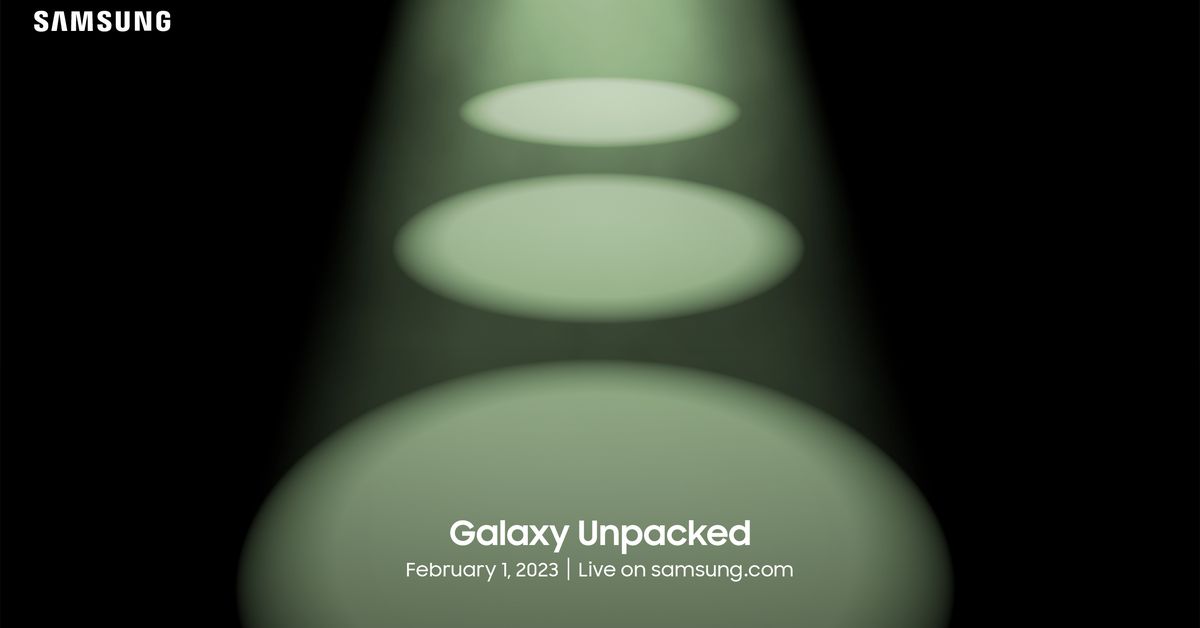In wearable tech, menstrual health often feels like an afterthought. Case in point: Fitbit, the first major wearable maker to add period tracking to its platform, did so in 2018 — over a decade after launching its first device. So is it any surprise that, in the era of smartphones and smartwatches, people are still using menstrual products that have remained largely unchanged over the last 90 years? Not really, but that might soon change. Emm, a smart menstrual cup, is currently going through beta testing. If all goes well, the product could launch as early as this year.
What exactly is a smart menstrual cup? In Emm’s case, it’s a suite of products that center around a wearable device that kind of looks like a shuttlecock-shaped ketchup cup. The reusable cup is made of medical-grade silicone and contains biosensors that can purportedly measure metrics like volume, flow rate, cycle length, and regularity. Aside from obvious fertility information, these metrics can also help people with hard-to-diagnose conditions like polycystic ovary syndrome and endometriosis. It’s inserted with a tampon-like applicator, and the cup’s design is meant to create a “dynamic seal” that adjusts to fit any body shape. The cup connects with an app that automatically tracks your flow and notifies users when it’s nearing capacity. (It can also generate a downloadable PDF so you can share concerns with your doctors.) It even comes with a portable sanitizer that uses UV to sterilize the cup when you’re on the go.
“It was during the first lockdown, and I was looking at the period product sector. I thought it was ridiculous that we were in 2020 and these products were still leaking, still so uncomfortable, and really unsustainable with a massive landfill problem globally,” says Emm CEO Jenny Button. “I thought people who menstruate are not going to be using these products in 20 years’ time.”
While Button came up with the idea for the product, she recruited Chris van Kempen, then a Dyson engineer and now Emm’s chief design officer, to bring the product to life. In a phone call with The Verge, Kempen described some of the sensing features that set Emm apart from other existing period tracking tech. For starters, the cup has capacitive sensors that can measure the fill level and heaviness of your period as well as detect whether the cup is inside the body. The cup also has an internal frame, which allows users to easily break the seal at the base for a more controlled removal.
If you’ve never had a period, it might be hard to see why all of this is exciting. While many swear by traditional menstrual cups, they can be intimidating for the uninitiated. The insertion and removal process isn’t quite as simple as sticking a pad on your underwear or pulling on a tampon string. For many, it involves a lot of trial and error. Another factor is figuring out which menstrual cup is best suited to your body shape. For example, people with low cervixes will need shorter cups than those with high cervixes. Rinsing a used cup in a public bathroom may also be anxiety-inducing, and proper care involves boiling the cup between cycles. Pads and tampons are easier to use, but they can be expensive, uncomfortable, and take up a ton of space in landfills. A smart reusable device that’s easy to carry, logs your flow for you, alerts you to potential irregularities, lets you know when it’s time to empty, and is supposedly one-size-fits-all? That’s the holy grail of sanitary products.
“Every single element of the product is addressing an existing issue,” says Button, noting that Emm isn’t trying to stuff Bluetooth into a cup and call it a day — as is the case with some other femtech gadgets. The whole driving purpose behind Emm, says Button, is to create a positive user experience that delivers benefits in everyday life as well as health insights for their cycles over time. “We’re not taking, for instance, a tampon and putting some sensors in it because that sounds cool. It’s far more intentional.”
It’s easy to see why there’s such a thirst for reproductive health data and insights. In the US, Congress didn’t mandate that women be included in clinical research until 1993. Prior to that, they’d been effectively excluded from clinical studies, as women were thought to be, as one study put it, “confounding and more expensive test subjects because of their fluctuating hormone levels.” The result was a massive gender health gap and poorer medical care. Today, menstrual health remains underresearched compared to other gender-specific conditions like prostate cancer and erectile dysfunction.
Researchers and tech companies have seen wearable tech as an opportunity to reverse that. Or they did until the Supreme Court overturned Roe v. Wade last year. Now, at least in the US, health data privacy — and reproductive health data in particular — has taken on new meaning. For all the good a product like Emm could do, the question remains whether menstruating people will trust that their data won’t be used against them.
When asked about data privacy, Button says Emm’s app, sensors, and servers were built in a way that prevents the company from accessing any biometrics or identifiable user data. “If a Roe v. Wade-style case came to the company and [law enforcement] said ‘please hand over user data,’ we’d be unable to fulfill the request because we wouldn’t store the data in that fashion.”
But even if all of this passes muster, it’s not guaranteed Emm will make it to market. Health tech gadgets tend to end up as vaporware, and this isn’t even the first time a smart menstrual cup has been pitched. There was an attempt to Kickstart one in 2015, but like many Kickstarter projects, it never materialized.
Button says the company is currently beta testing Emm and is on track to launch in 2023. While there’s no word on pricing yet, the plan is to “cater to as many groups and their spending habits as possible.” And while Button hopes to one day take Emm global, the company will first focus on the US, UK, and European markets. It also helps that the company itself recently secured $1 million in seed funding as well as an official partnership with the University of Cambridge to develop biosensors.
Until you can actually buy it, it’s impossible to say whether Emm will revolutionize period products. That said, it’s encouraging to see that someone is thinking of ways to make period products fit for the 21st century — even if some political agendas threaten to hurl reproductive autonomy into the past.
#Emm #aims #upgrade #periods #smart #menstrual #cup






